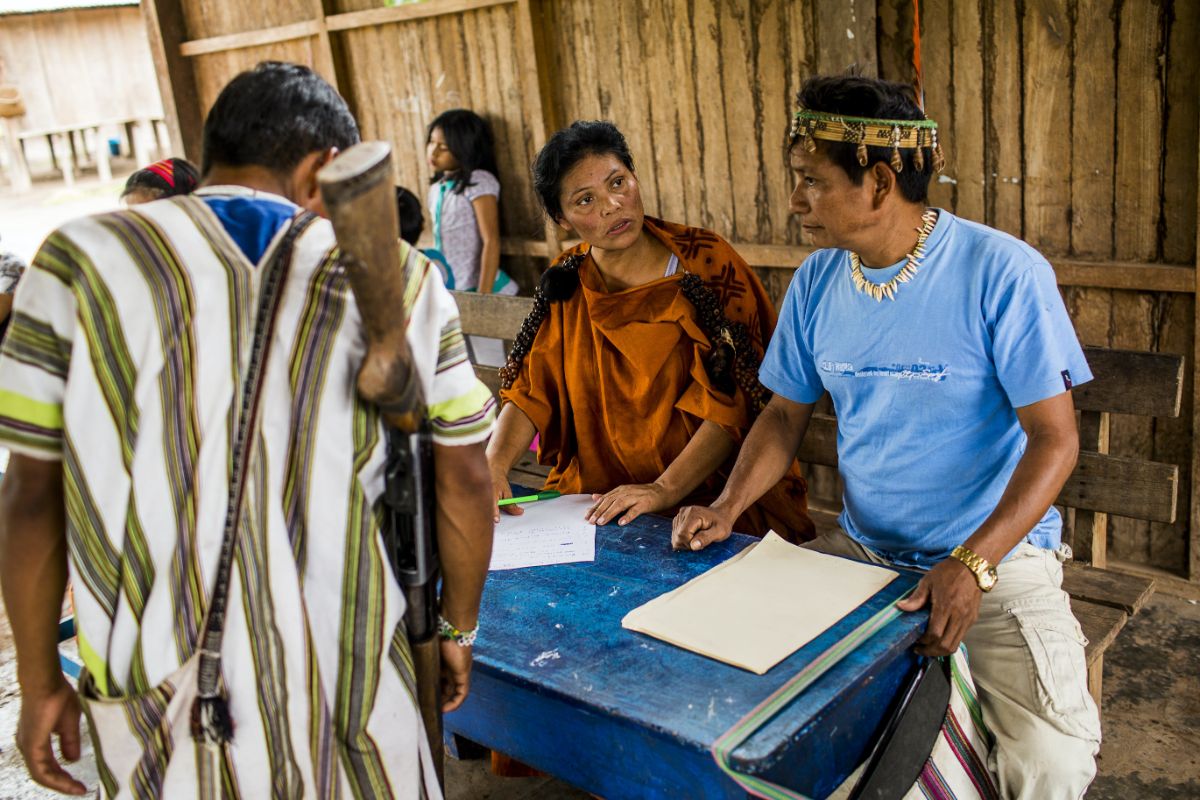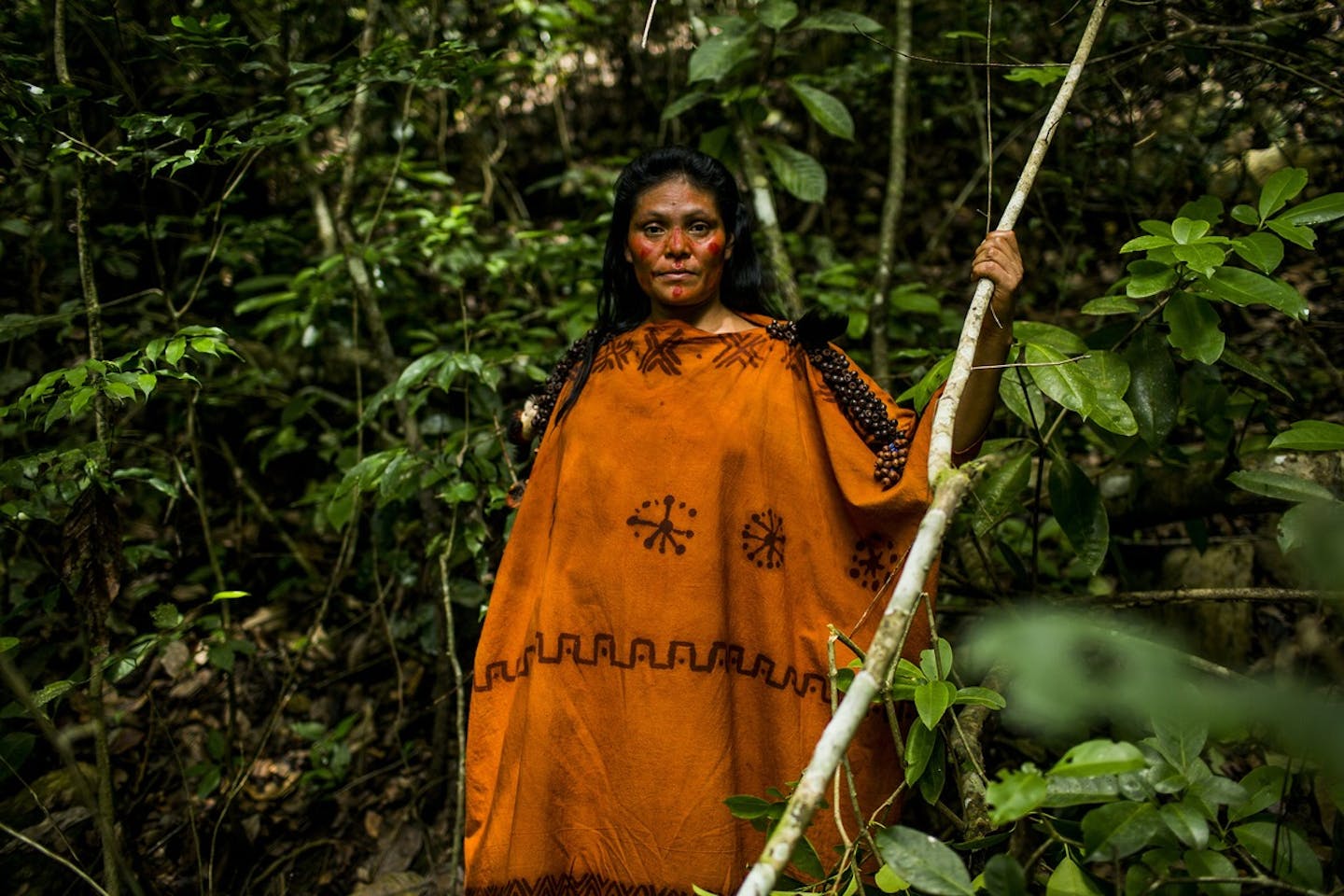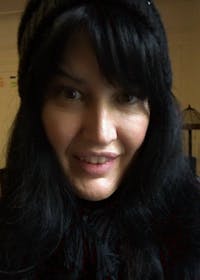Environmental Hero: Ruth Buendía
Each week One Earth is proud to feature an environmental activist and hero from around the globe who is working to create a world where humanity and nature can coexist in harmony.
The beautiful and luscious home of the Asháninka in Peru’s Ene River valley has always been under siege by numerous industries wanting to exploit the land of gold and oil for their own profit without any consideration of the people who inhabit the land. This was also true when Ruth Buendía was born in the Satipo Province in 1977 and the violence between the state government and the Communist Party of Peru, called Shining Path, was at its capstone. Amidst this violence, her family fled their home, while the government abandoned the people, and Ruth’s father was killed as a result. Thousands of Asháninka ended up being killed and thousands more fled.
When Ruth returned home as a young adult, her anger motivated her to want to defend her people. Her opportunity came quickly when working at a juice shop, a chance meeting led her to be invited to join the Asháninka Center of the Ene River (CARE) -- an organization in which she became the first ever female president at 27-years of age. She knew that the government was exploiting the Asháninka because they lacked the education needed to know what was happening to them.

Ruth Buendía. Image credit: Courtesy of Goldman Environmental Prize
Indigenous communities are legally entitled to prior and informed consent by the government before any big concessions are granted a green light. The government gave this right to the people, but it’s up to the people to take action to uphold it. So in 2010, when the Peru and Brazilian governments signed an energy agreement calling for a series of large-scale hydroelectric dams in the Amazon without informing the Asháninka, Buendia got into action. The development of this project meant that most of the energy would be exported to Brazil with few economic benefits to the local Peruvian communities and their entire land decimated by the construction of the dams.
Buendía knew she had to go further for help and met with international leaders, even traveling to Washington, DC, as the representative of the Asháninka delegation. She presented a report to the Inter-American Commission on Human Rights about the impact of Peruvian energy development on her people and it’s then that the government finally began to listen. In addition, CARE mobilized the Asháninka in a region-wide assembly to oppose the dam.

Ruth Buendía working with her community. Image credit: Courtesy of the Goldman Environmental Prize
As a direct result of Buendía’s advocacy, the Peruvian Ministry of Energy rejected a request from Pakitzapango Energy and halted the dam project. A year later, Odebrecht, the main shareholder in another dam, announced its withdrawal from the project due to concerns about the community’s rights. However, even with this good news, Ruth and CARE always have to be on the lookout like an eagle -- carefully watching what the government is doing.
Buendia believes the only way to make the world a better place is to educate the people. Today, she continues her work as vice president for CARE and also takes on roles outside of CARE, including a position as secretary of the Inter-Ethnic Association for the Development of the Peruvian Amazon, who advocate for inclusive education in Indigenous territories. No matter what challenges she faces, Ruth always comes back to finding strength in her roots: “On my back, I carry my culture, my territory, my family, and my ancestors that came before me, which I need to defend.



